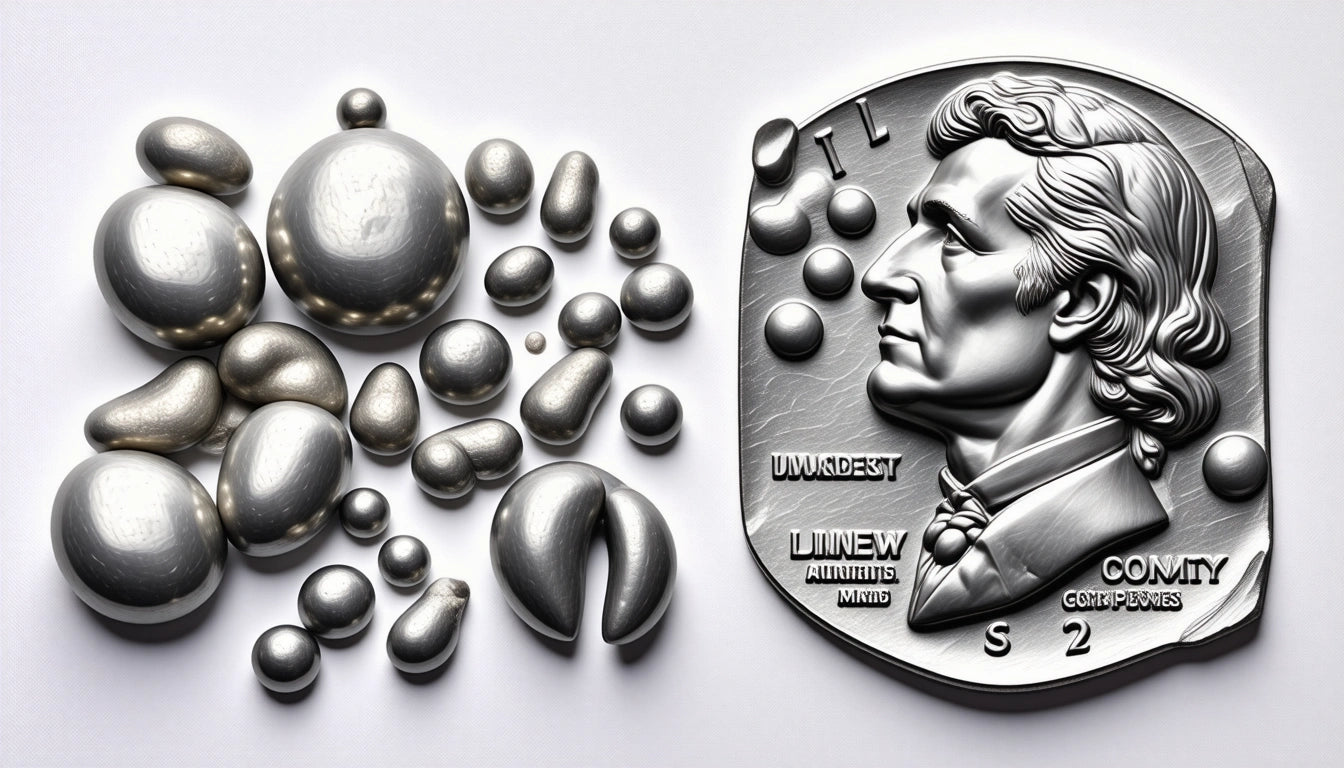Table of Contents
Understanding the Value and Composition of a Dime
The dime, one of America's most commonly used coins, has a fascinating story behind its production, composition, and value. While its face value remains at ten cents, the actual cost to produce a dime and the materials that go into it have changed significantly over time. This comprehensive guide explores what's in a dime, how much it costs to create, and its significance in both economic and cultural contexts.
Dime Composition and Materials
Modern dimes are composed of a clad sandwich of metals, quite different from their silver predecessors. Understanding what is in a dime requires looking at its precise metallic makeup:
Current Composition
Today's dimes consist of:
- Outer layer: 75% copper and 25% nickel
- Core: Pure copper
- Overall composition: 91.67% copper and 8.33% nickel
This composition gives the dime its distinctive silver-like appearance while utilizing more cost-effective materials than pure silver. The current weight of a standard dime is 2.268 grams (0.080 ounces), and it measures 17.91mm in diameter with a thickness of 1.35mm.
Manufacturing Cost Analysis
How much does it cost to create a dime? The economics of coin production reveal interesting insights about our currency system:
Production Costs
According to the United States Mint, the cost to produce a dime has fluctuated in recent years:
- Current production cost: Approximately 5.6 cents per dime (as of recent data)
- Metal value: About 2.0 cents (fluctuates with commodity prices)
- Manufacturing expenses: Includes stamping, quality control, and distribution
This means the government spends less than the face value to produce each dime, creating what economists call "seigniorage" or profit from producing currency. However, this wasn't always the case, as metal values have sometimes approached or exceeded face values for certain coins.
Historical Evolution of the Dime
The composition and cost of producing dimes have changed dramatically throughout American history:
Silver Era (1796-1964)
Originally, dimes were made of:
- 90% silver and 10% copper (1796-1964)
- Weight: Approximately 2.5 grams
- Intrinsic metal value: Often close to or exceeding face value
Transition to Clad Coinage (1965-Present)
Due to rising silver prices, the Coinage Act of 1965 changed the composition to the current copper-nickel clad format. This transition marked a significant shift in how much a dime costs to make, reducing production expenses considerably while maintaining the coin's functionality.
Dime Terminology in Cannabis Culture
Beyond its monetary meaning, the term "dime" has taken on cultural significance in certain contexts:
Cannabis Measurement
In cannabis culture, a "dime" or "dime bag" traditionally refers to:
- A $10 worth of cannabis
- Typically weighing around 1 gram (though this varies by location and era)
As explained in this article on dime bags, the term originated from street-level transactions but has persisted even as cannabis markets evolve. For businesses operating in legal markets, proper storage containers like mylar bags have become essential for preserving product quality while meeting compliance requirements.
The weight of a dime bag can vary by region and market conditions, as detailed in this resource on dime weights. Understanding these measurements is important for both consumers and businesses in the cannabis industry.
Economic Impact and Circulation
The humble dime plays a significant role in the American economy:
Production Volume
The U.S. Mint typically produces:
- 1-2 billion dimes annually
- Total production cost: Approximately $56-112 million
- Face value created: $100-200 million
This production volume makes the dime one of the most commonly minted coins in circulation. Despite the rise of digital payments, physical currency remains essential to the economy, with dimes fulfilling a crucial role in cash transactions.
Lifespan and Circulation
A typical dime will:
- Remain in circulation for about 30 years
- Change hands thousands of times
- Travel hundreds of miles throughout its lifetime
This longevity makes the initial production cost of a dime even more economical when viewed over its full lifespan. The durability of modern clad dimes ensures they remain in circulation far longer than paper currency of equivalent value.
Future of Dime Production and Usage
As we look ahead, several factors may influence how dimes are made and used:
- Material innovations may further reduce how much it costs to create a dime
- Digital payment trends could impact physical coin production volumes
- Potential redesigns may occur to enhance security features
Despite predictions about the decline of physical currency, dimes continue to play an important role in commerce. Their production cost remains economically viable, and their utility for exact change transactions ensures their continued relevance in the American monetary system.
Understanding what is in a dime and how much a dime costs to make provides insight into the complex economic considerations behind even our smallest denominations of currency. From their copper-nickel composition to their efficient production processes, dimes represent a fascinating intersection of metallurgy, economics, and everyday utility.











Leave a comment
All comments are moderated before being published.
This site is protected by hCaptcha and the hCaptcha Privacy Policy and Terms of Service apply.